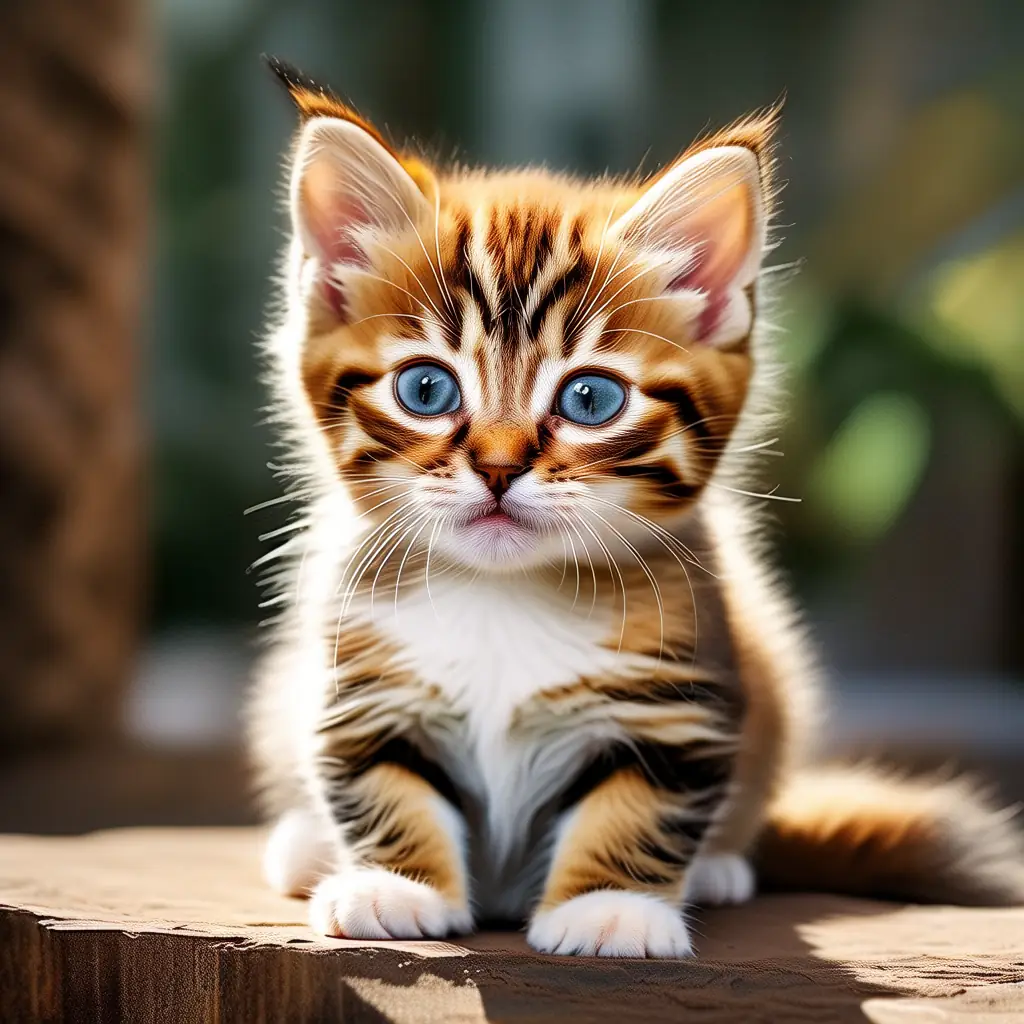Timing is Everything: Crafting the Perfect Cat Feeding Schedule
Getting your cat's feeding schedule right isn't just about convenience; it's a key part of ensuring your feline friend stays healthy and happy. A well-planned feeding routine can help manage your pet's weight, prevent digestive issues, and even reduce behavioral problems. So, let’s dive into how you can create the purr-fect meal plan for your kitty.
First, consider your cat's age and activity level. Kittens and younger cats need more frequent, smaller meals to support their rapid growth and high energy levels. For example, a kitten might eat 3-4 small meals a day, while an adult cat could do well with two larger meals. If your cat is particularly active, they may need more calories, so adjust portion sizes accordingly. Always consult with your vet to determine the best diet and portion sizes for your specific cat.
Consistency is key. Try to feed your cat at the same times each day. This helps regulate their metabolism and can also make them feel more secure. For instance, if you work a 9-to-5 job, you might feed your cat in the morning before you leave and again in the evening when you return. This routine can also help with litter box habits, as cats often like to use the bathroom shortly after eating.
- Set a regular feeding schedule and stick to it.
- Use a high-quality, balanced cat food that meets your cat's nutritional needs.
- Monitor your cat's weight and adjust portions as needed.
- Avoid overfeeding, as obesity can lead to serious health issues.
Caution:
One common mistake is free-feeding, or leaving food out all day. While some cats can self-regulate, many will overeat, leading to obesity. Instead, opt for timed, measured meals to keep your cat in tip-top shape.
Remember, a well-thought-out feeding schedule is a simple yet powerful way to show your cat you care, keeping them healthy and content. Happy feeding!
